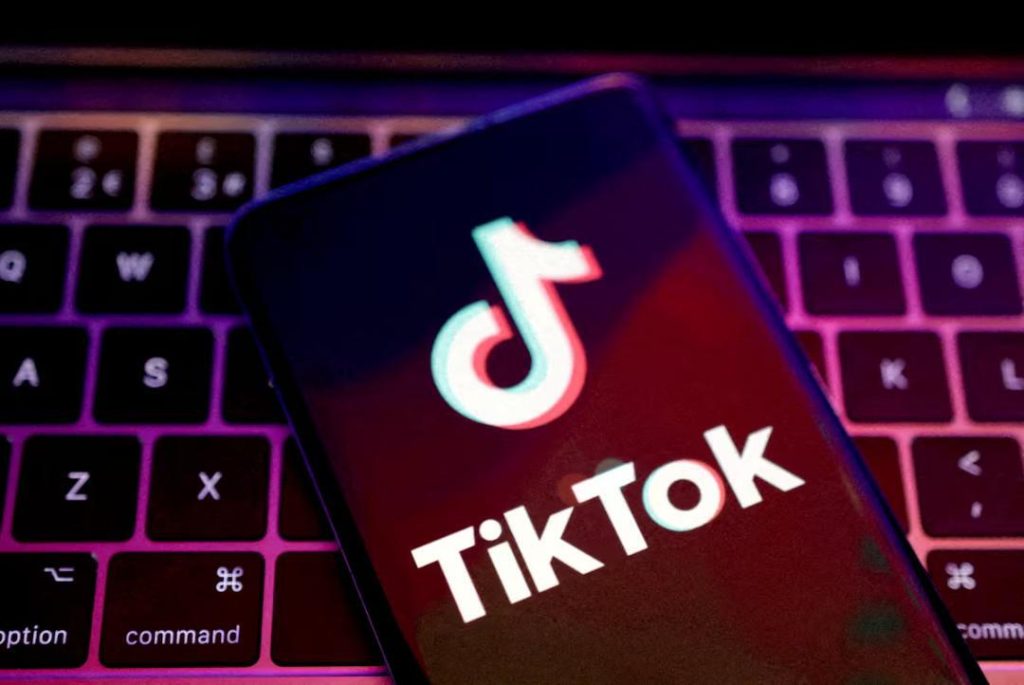
TikTok Fined ₹5,000 Crore in EU over User Data Transfer to China
In a significant development, Ireland’s Data Protection Commissioner (DPC) has slapped a fine of €530 million (approximately ₹5,000 crore) on China’s ByteDance-owned TikTok for violating European Union (EU) data protection laws. The regulator took this step after finding that the app failed to demonstrate that European users’ data was adequately protected when accessed remotely by staff in China.
According to the DPC, TikTok’s data processing practices did not meet the standards set by the EU’s General Data Protection Regulation (GDPR). The regulator ordered the app to bring its data processing into compliance within the next six months. This is a major blow to TikTok, which has been facing scrutiny over its data handling practices in recent years.
The DPC’s investigation was triggered by concerns raised by TikTok users about the app’s data transfer practices. The regulator found that TikTok’s parent company, ByteDance, had been transferring user data to China, where it was accessed by staff. However, the company failed to provide sufficient guarantees that this data was protected in accordance with EU laws.
In its decision, the DPC noted that TikTok’s data processing practices did not meet the requirements of the GDPR, which requires that personal data be processed in a way that is “compatible with the purposes for which it was collected.” The regulator also found that TikTok had failed to provide adequate information to users about how their data was being processed and used.
The DPC’s fine is a significant one, and it marks the first major penalty imposed on a social media company under the EU’s GDPR. The regulator’s decision sends a strong message to social media companies that they must prioritize data protection and transparency in their practices.
TikTok’s data transfer practices have been a subject of concern for some time. In 2020, the company was accused of transferring user data to China, where it was accessed by staff. At the time, the company claimed that it was transferring data to China for “technical support and maintenance” purposes. However, it failed to provide sufficient information about how the data was being used and processed.
The DPC’s investigation found that TikTok’s data transfer practices were not in compliance with EU laws. The regulator noted that the company had failed to provide adequate safeguards to protect user data when it was transferred to China. The DPC also found that TikTok had failed to provide sufficient information to users about how their data was being processed and used.
The fine imposed on TikTok is a significant one, and it marks a major victory for data protection regulators in the EU. The regulator’s decision sends a strong message to social media companies that they must prioritize data protection and transparency in their practices.
In response to the fine, TikTok has said that it will appeal the decision. The company claims that it has taken significant steps to improve its data protection practices and that it is committed to protecting user data.
While the fine imposed on TikTok is significant, it is not the only social media company that has faced scrutiny over its data handling practices. Other companies, such as Facebook and Twitter, have also faced criticism over their data transfer practices.
The DPC’s decision highlights the importance of data protection and transparency in the digital age. As more and more of our personal data is collected and processed online, it is essential that companies take steps to protect this data and provide users with clear information about how it is being used.
In conclusion, the fine imposed on TikTok by the DPC is a significant one, and it marks a major victory for data protection regulators in the EU. The regulator’s decision sends a strong message to social media companies that they must prioritize data protection and transparency in their practices. As the digital landscape continues to evolve, it is essential that companies take steps to protect user data and provide users with clear information about how it is being used.






